Today theme
Green Rush is to Cannabis, just as gold nuggets are to gold prospectors along the river. With the legalization of Cannabis expanding throughout North America, the market value and entrepreneurial spirit of the industry are also growing. With the development of legalization industry, business owners and investors are scrambling to enter the cannabis industry. Just like any new industry, American cannabis industry has its own unique growth track. In 2022, six more states in the United States are about to set off the "Green Gold Rush" of marijuana, and watch it enter the new green gold fever era from the green gold fever. The doctor will take stock of these wonderful moments with you!
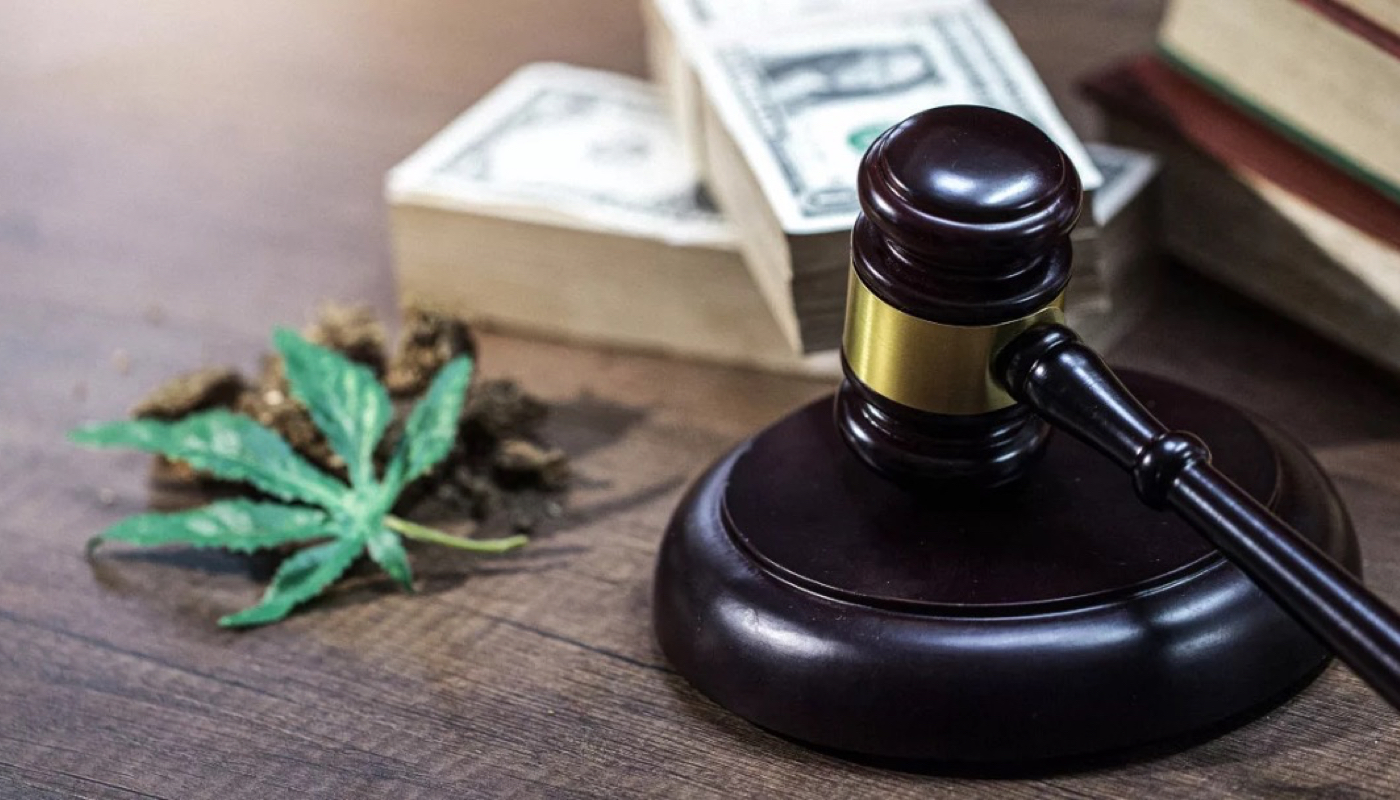
Green fever
Green fever definition
Green Rush, a new creation of the gold rush era, compares the cannabis market situation to that of the gold industry in the heyday of the 1800s, aiming at conveying the excitement and hope of new industries. Although there will always be difficulties on the road to success, the cannabis industry is the hope of many people's success.
A brief history of Green Rush
Like the Gold Rush in the late 19th century, the Green Gold Rush started in California. In 1996, California passed Proposition 215 to legalize the use and sale of Cannabis for medical purposes. Although it is still illegal at the federal level, this move sends a signal to investors, entrepreneurs and consumers that the cannabis industry may be moving towards legalization.
Another milestone occurred in 2012, when Washington and Colorado legalized recreational use. Today, the US cannabis market is worth tens of billions of dollars, providing jobs for millions of people.
In 2020, the global sales of legal cannabis reached USD 23.7 billion, of which the legalized medical and adult use market in the United States accounted for 86% (USD 20.3 billion) of the sales. Without the efforts of activists and advocates to help promote legalization and end the drug war, it would be impossible to achieve "green gold fever".
Permission during the Green Fever
Throughout North America, cannabis enterprises—including growing businesses and pharmacies—must obtain a license to legally buy, sell or produce cannabis products. Licensing requirements vary in cost and nature, depending on the country and state. For example, in California, licenses are priced according to the expected value of the business–therefore, their prices can range from $4,000 to $120,000. Some states require marijuana enterprises to abide by certain rules in order to obtain and retain their licenses, including background checks on potential employees to ensure that they have reached the age of 21 and have no previous felony record, etc.
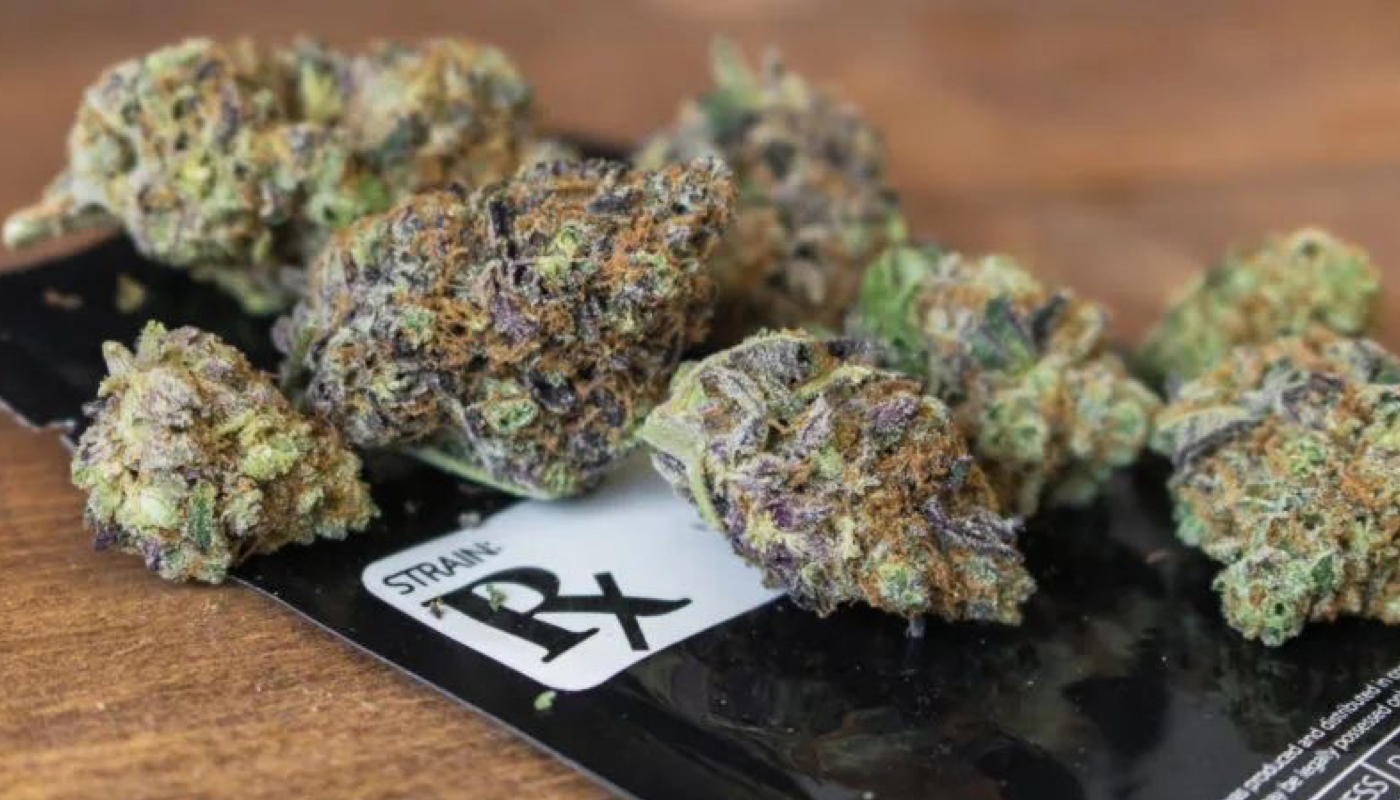
New Gold rush
The Rise of New Green Gold Fever
Since around April 2019, cannabis stocks have started to fall, and investors have witnessed the evaporation of the market value of the US dollar. Yahoo Finance Overview The main reasons are Canada's supply problems and poor business performance, etc., and Gold rush has been partially affected. This is an inevitable pain in the growth of any industry.
But surprisingly, the epidemic of coronavirus has set off a new round of green gold upsurge! Since 2020, coronavirus pandemic has brought far-reaching influence to enterprises all over the world. An analysis by Adweek shows that a new round of "Gold rush" started in March 2020, because the quarantined people greatly promoted the record sales of cannabis in order to ensure the hoarding of cannabis. Weedweek also has positive reports. With the strong consumer demand and increasingly favorable regulatory environment in the United States, a new green gold boom may be just around the corner.
The gathering place of the new Gold rush
We have seen the booming cannabis business expand rapidly in states such as California and Colorado. Coming to the New Year's corner in 2022, where is the new Gold rush blowing? On February 9, 2022, NBC News, the national broadcasting company, reported the vigorous development of Oklahoma cannabis industry market "Oklahoma's Medical Marijuana Growers Look for the Next Boom Market", mentioning that this is a new era of green gold tide and the bugles that are about to be sounded in as many as six other states.
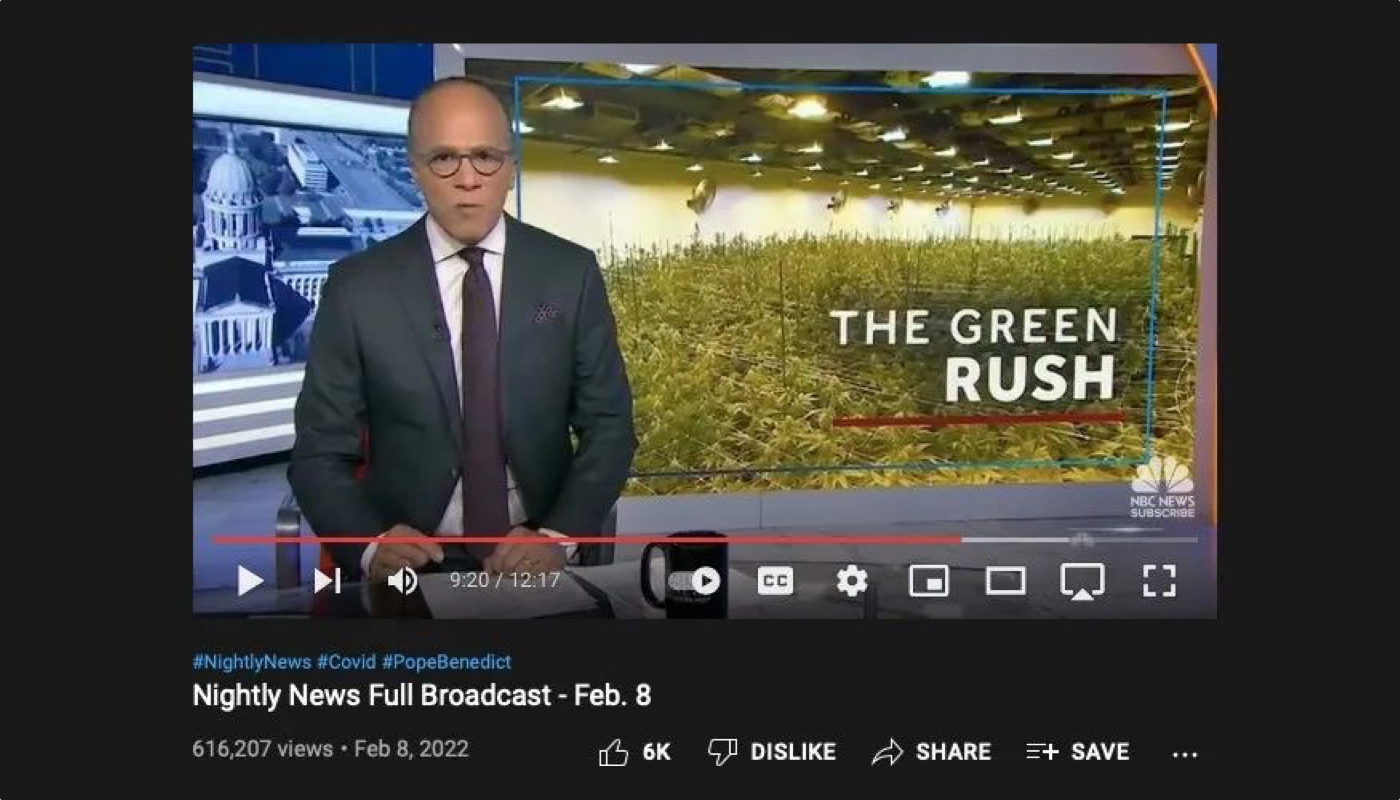
Dr. Wang cited some NBC data for your reference: 400,000 people applied for and owned Cannabis medical cards (application fee of $120), 2, 232 Cannabis clinics with various forms of products (even more than Colorado and California), and the cost of applying for commercial, planting or transportation licenses was only $2, 500 (less than 1/4 of the cost of neighboring states).
The medical Cannabis income data released by New Frontier Data, a well-known American research institute, reminds us that Oklahoma is about to surpass California, and the trend is irresistible! Although it is slightly smaller than the adult cannabis market, the medical cannabis market in the United States is strong and is expected to continue to grow in the medium term. In 2020, the medical marijuana market in the United States generated about $8.5 billion in revenue, and it is expected to exceed $16 billion by 2025, with a value of over $78.5 billion during this period. Among them, Oklahoma's medical marijuana revenue will reach 780 million dollars in 2020, and it is expected that the total amount will reach 8.75 billion dollars by 2025, even surpassing California's, making it the second largest state in the United States.
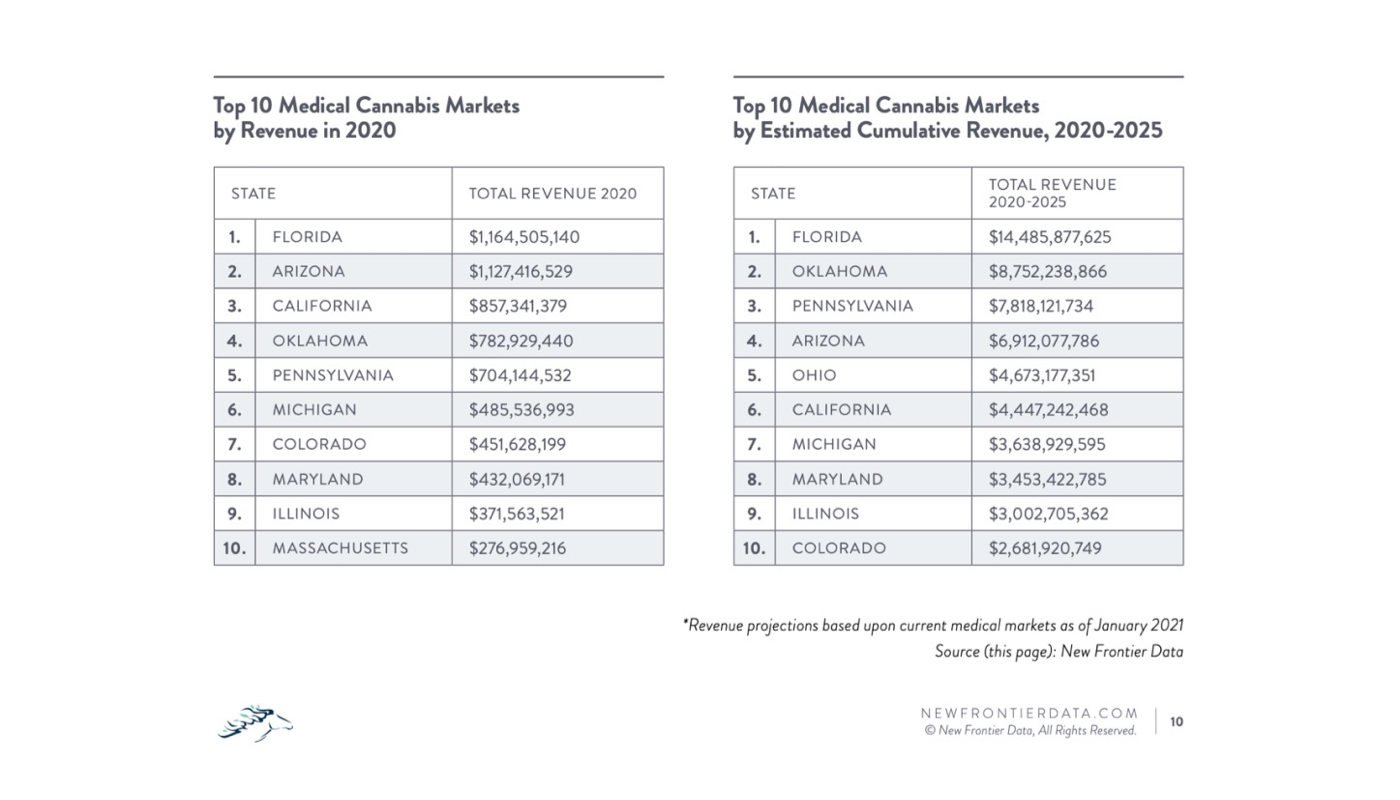
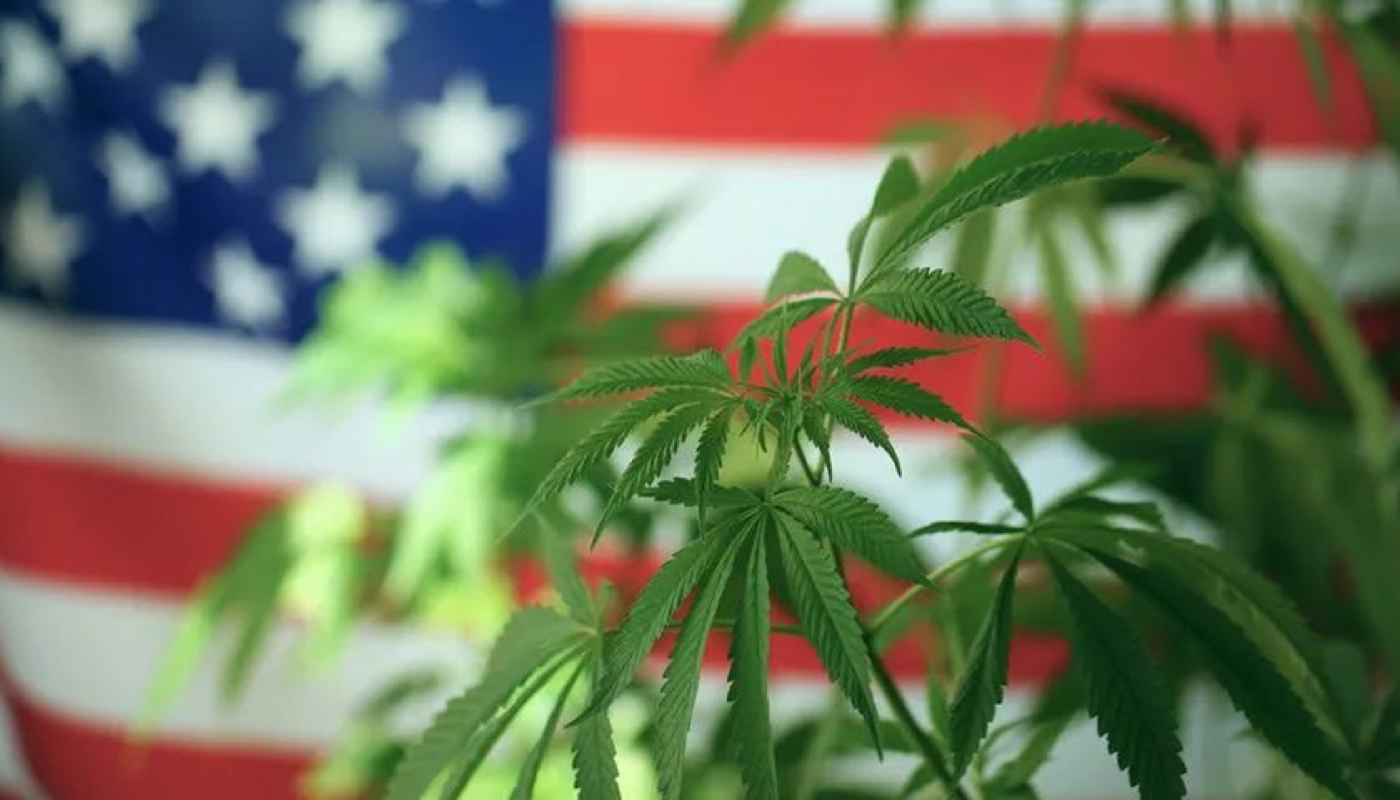
Oklahoma
Are you as curious as I am about the existence of Oklahoma in America? Oklahoma used to be known for its booming or depressed fuel market, and it welcomed the cannabis market with low regulation and competitive entrepreneurship. The state provided a rare opportunity to legalize marijuana in 2018, when supporters of medical marijuana got enough signatures to put one of the most accessible medical marijuana initiatives in the state on the ballot. Result: The cost of applying for a commercial, planting or transportation license in Oklahoma is $2,500, while it costs $100,000 or more in neighboring Arkansas.
Oklahoma is also friendly to people trying to get medical Cannabis cards. The application fee is only $120, plus the cost of seeing a doctor. Although some states have very specific and restrictive lists of conditions, such as AIDS and cancer, Oklahoma's list is relatively extensive, including less serious medical problems, including anxiety, insomnia and muscle spasms.
Adria Berry, executive director of Oklahoma Medical Marijuana Administration, said that the cannabis industry is developing too fast, almost doubling the number of employees in the past year, but still trying to get inspectors to inspect all licensees.
"This is a system that creates opportunities for small businesses," said Morgan Fox, political director of NORML, a national cannabis advocacy organization in the United States. "There is a lot of room for people to start a business without a lot of money." Attracted by the state's low fees and relative lack of supervision, Paulie Wood, former California grower and CEO of Kannabiz Monkeeyz, said that he decided to close his business on the west coast about two years ago because "crazy over-taxation" hindered his business. "In Oklahoma, you can start planting for less than $10,000, while in California, you will need hundreds of thousands of dollars to start. Oklahoma welcomes you in a good way, which can be called the Wild West of Marijuana. Overall, this is the best and friendliest state we want to enter. "
Since then, pharmacies have become as ubiquitous as gas stations in most parts of Oklahoma. State officials have issued licenses for more than 12,000 marijuana-related businesses, and now about one in ten people have medical marijuana cards.
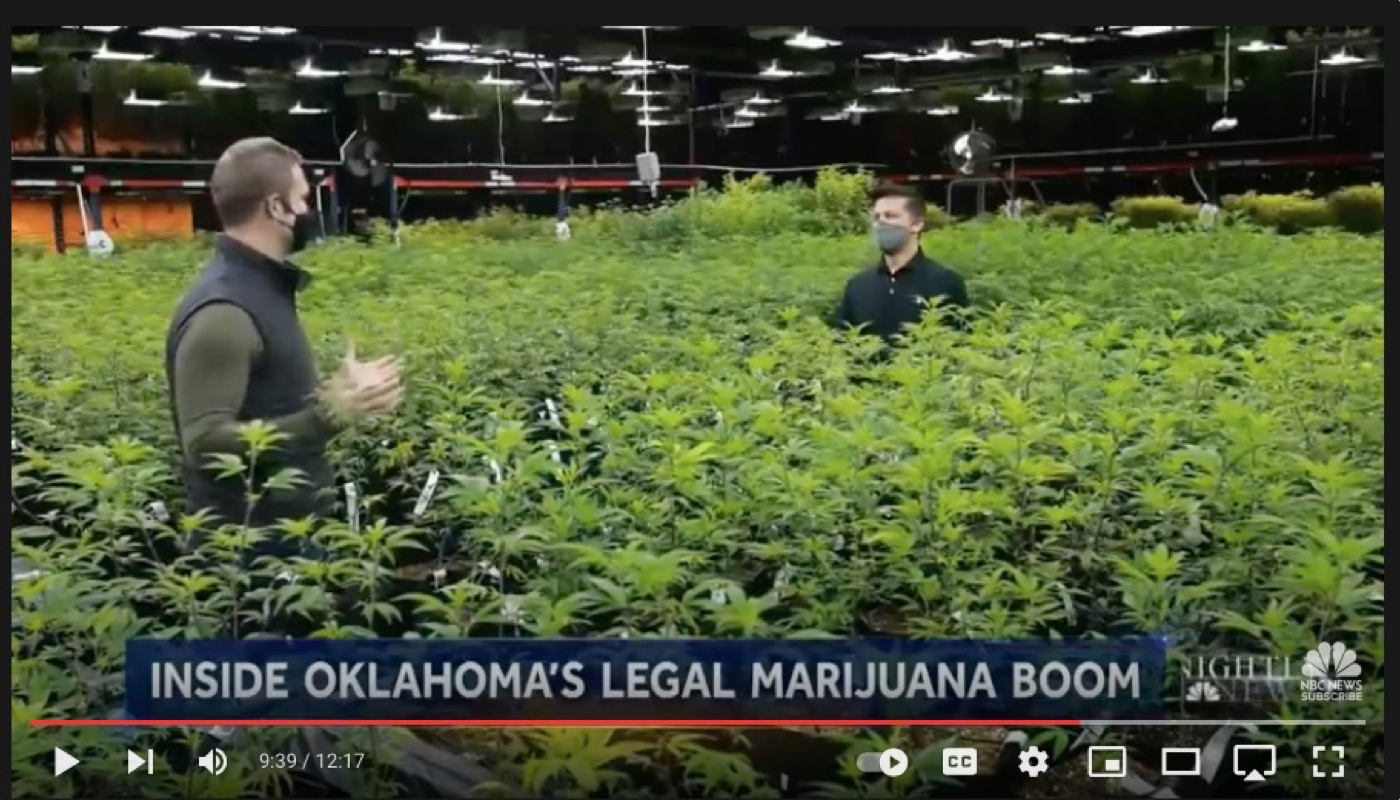
Carry out the new green gold to the end! Expand to other States "
In the boom of legal marijuana in Oklahoma, medical marijuana growers are waiting for the next prosperous market. They regard Oklahoma as a national model of medical marijuana, while others say its lax regulation is a reminder to other states considering legalization.
Karen O'Keefe, the national policy director of the Marijuana Policy Project, a non-profit organization dedicated to legalizing marijuana, predicts that as many as six new states may enact medical marijuana laws by the end of this year. Once legislators or, in some cases, voter-driven voting initiatives legalize it, growers and entrepreneurs begin to guess and position their prospects for entering the latest market.
Texas
In Texas, advocates of legalization have seen positive signs. Medical marijuana with a very low THC concentration is allowed to be sold in Texas (the threshold is 1%, while marijuana in states such as Oklahoma is usually sold at a level close to 30%). Republican Governor Greg Abbott signed a law in June, which also doubled the ratio from 0.5% when cancer and post-traumatic stress disorder were included in the list of eligibility conditions. More and more people support wider legalization. A study by Hobby School of Public Affairs at the University of Houston last year found that 67% of Texans supported recreational marijuana, including 51% of Republicans. At last month's press conference, Abbott said that he and the legislature were studying the efforts of decriminalization.
Kansas
In northern Kansas, a medical marijuana bill was widely supported by both sides. The measure has been approved by the state legislature, and Ty Masterson, the speaker of the Republican Senate, said it was being promoted.
North Carolina
Half of the states in North Carolina that continue to insist on legalizing medical and recreational marijuana are located in the south. Conservatives in the Senate of North Carolina are debating a bill to legalize medical marijuana.
Kentucky
Kentucky introduced two bills in Kentucky last month, one to legalize marijuana and the other to allow its recreational use.
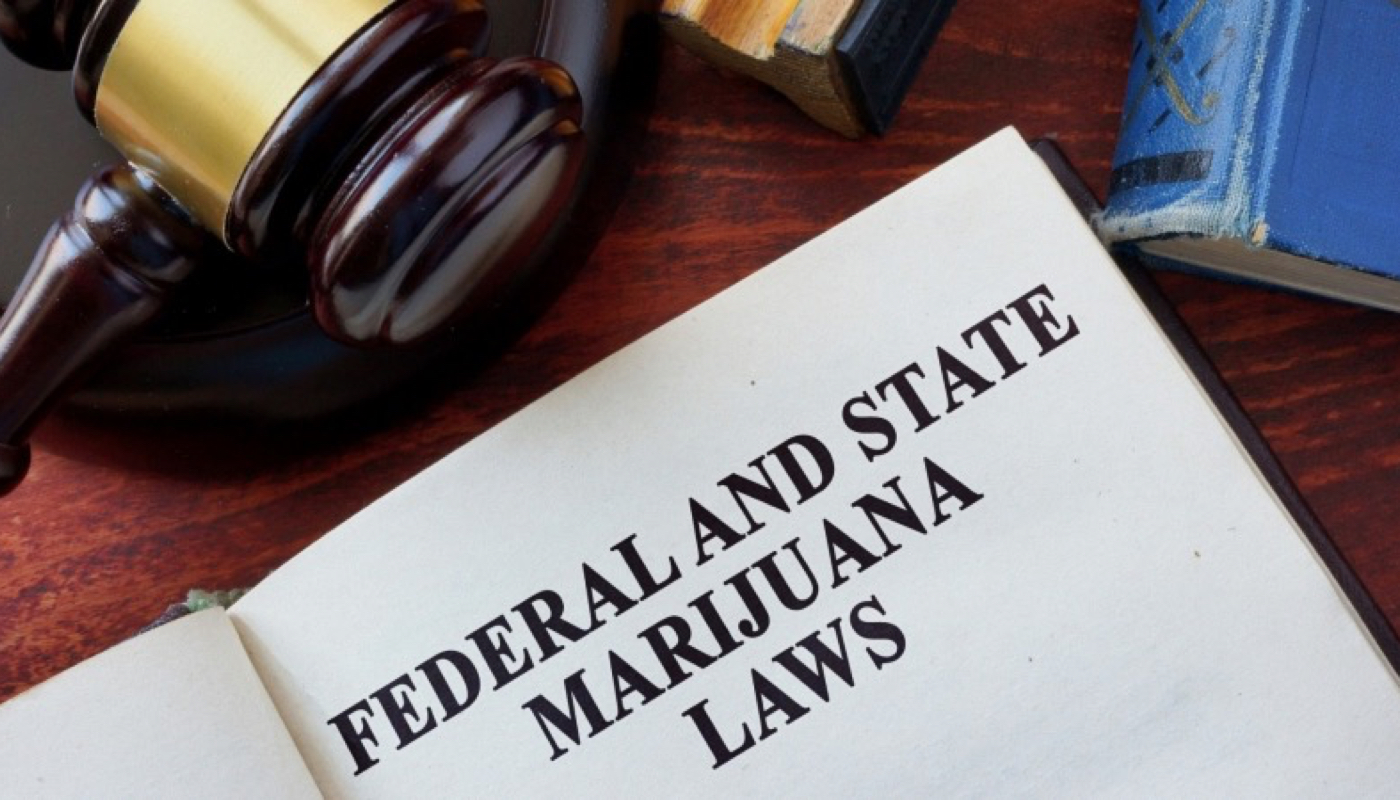
Cross-state operation
David Lewis, chief operating officer of Stability Cannabis, one of the largest cannabis growers in Oklahoma, said that most large enterprise growers are still concentrated in coastal areas. Lewis said that if the federal government legalized marijuana, many growers in Oklahoma would like to become a multi-state operation. He and his partners have been established in nearby Missouri, where voters approved medical marijuana in 2018, and if the legislature there decides to do so, they are ready to play a role for Kansas. "We knew it would happen, just not the exact time," he said. "So maybe it's time to start playing cards, you know, and put a deck of cards in Kansas so that when they pull the trigger, we'll be ready."
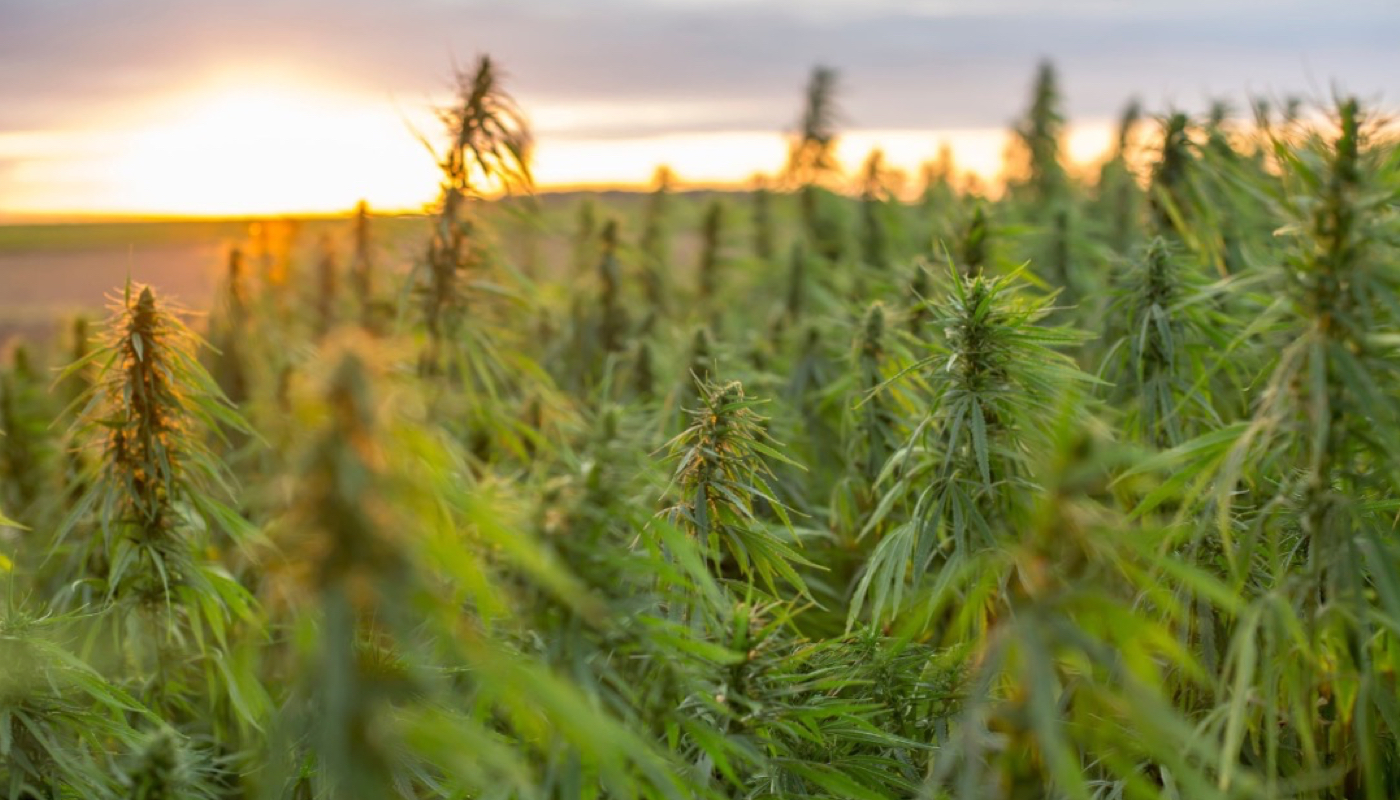
To sum up,
Medical marijuana growers in Oklahoma are looking at the upcoming Cannabis voting initiative to expand to other states. "What we are doing here is building a blueprint that we want to replicate in other states," NBC reported.
So far, 37 states in the United States have adopted medical marijuana programs, of which recreational marijuana use is legal in 18 states. On the basis of Karen O'Keefe, the national policy director of the Cannabis Policy Project, predicting that as many as six new states will enact medical marijuana laws by the end of this year, advocates hope that in the next year or two, more of the 14 states that have not passed laws or approved voting initiatives will participate, including but not limited to Kansas, North Carolina, South Carolina and Kentucky, which are in operation.
The vigorous opening of policies and regulations has given birth to the vigorous development of cannabis industry market. The trend of lifting the ban on cannabis is surging, which contributes to the legalization of cannabis and is helping the diversified development of cannabis market. Is Oklahoma a veritable new gathering place for American cannabis industry?
We'll wait and see ~
- [knowledge]The Latest Confirmation of Cannabis Medicinal Use (Science|HMI)
- [knowledge]Cannabis Capital Market is on Fire
- [knowledge]The Relationship Between Cannabis and COVID-19
- [knowledge]The Latest Historic Progress of Cannabis Industry in the United States
- [knowledge]The Legal Cannabis Industry is Working Wonders in the American Job Market.
- [knowledge]Six More States in the United States are About to Launch the "Green Gold Rush" of Cannabis in 2022.

